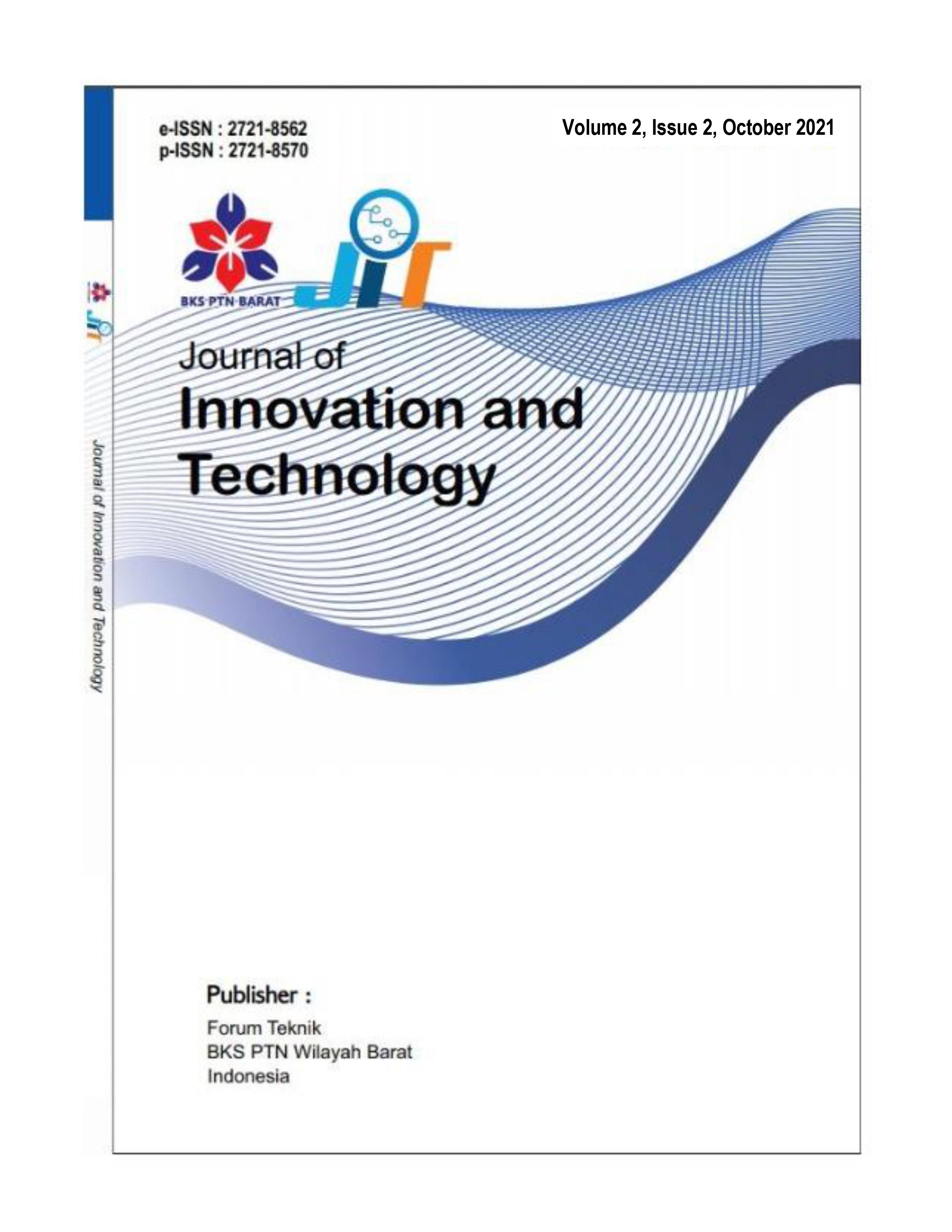Digital Twin Technology in Internet of Things (IOT)
DOI:
https://doi.org/10.31629/jit.v2i2.3507Keywords:
Digital shadow, digital twin technology, simulation technologyAbstract
Developments in virtual technology and data acquisition technology put way to digital twin (DT) technology. Digital twin is a virtual entity that is linked to a real-world entity. Both the link and the virtual representation can be realized in several different ways. Digital Technology plays a very much key role in different areas like in production management, manufacturing, health care, smart cities and so on. Mainly Digital Twin Technology is developed to improve manufacturing processes. With the development of new-generation information and digitalization technologies, more data can be collected, and it is time to find a way for the deep application of all these data. As a result, the concept of digital twin has aroused much concern and is developing rapidly. Digital twins facilitate to monitor, understand, and optimize the functions of all physical entities and for humans and also provide continuous feedback to improve quality of life and well-being. Digital Twin is best described as the effortless integration of data between a physical and virtual machine in either direction. This paper provides an overview of the Digital Twin technology used in different work spaces and also how it will be effective in the Internet of Things network.




















